Not Using Google Analytics Enhanced Ecommerce? Here’s what you’re missing:
Advantages Of Google Analytics Enhanced Ecommerce:
Many ecommerce owners are asking what the difference is between enhanced analytics and regular ecommerce analytics. They’re also asking whether they should set up enhanced ecommerce in their websites.
These questions led me to write this post to explain what you can do with enhanced ecommerce analytics and the benefits of using these tools.
Google summarizes the additional capabilities enhanced analytics in the google analytics blog:
Here are the main advantages that are really worth knowing:
- Analyze how far shoppers get in the shopping funnel and where they drop off
- Understand which products are viewed most
- Understand which products are frequently abandoned in the shopping cart and which products have the best rate of converting to real sales
- See which lists and products are best at driving customer engagement and which products pull the user into the store products page
- Analyze how internal promotions impact sales and act immediately on the results
- Import user segments, based on ecommerce activity, for targeting in marketing campaigns
Is Enhanced Ecommerce Analytics worth your time and money?
If you sell less than 15 products in your website, you can use regular ecommerce analytics on your website. If you plan to optimize a bigger ecommerce website and want to find every small advantage against your competitors, you should DEFINITELY use enhanced analytics!
Finding which products convert to sales best and adding one optimization layer on another will generate higher conversion rates, and data is the base to fine-tune your website sales and user experience.
I recommend using enhanced ecommerce in every ecommerce website as early as possible. The CRO & marketing teams should look at the data as part of the marketing and optimization routines. They can and must understand the trends and be familiar with the data and products by name, price, and conversion rate in every stage.
Enhanced analytics will also allow you to find the bad apples that ruin the conversion rate and lose customers, so you can replace them with high-converting products (or images, or price, or promotion); this can make a huge difference!
With enhanced ecommerce, you can measure the home page user experience and understand which products pull users deeper into the website and make sales, which is a big difference.
For big companies with high LTV (customer Life Time Value), it is highly recommended to send GA additional data that identify the returning buyer from the new buyer, using userid and custom parameters.
The advantages: you can measure whether new marketing efforts generate purchases by returning customers or generate new customers, which are much more valuable, as new customers typically generate more than one sale.
Do you have high lifetime value customers? Finding the ‘big whales’ customers in your data:
The answer to this question is found in your CRM and in Google Analytics Data, but only if you also implement the user ID Feature. The big advantage of the GA data, compared to your CRM, is that you can also tell were the big whales are coming from. For that, you can use the highly-recommended UserID Feature, which will give your website the option to analyze lifetime value for every customer.
read about it in the my next blog post ‘big whales’ customers in your data
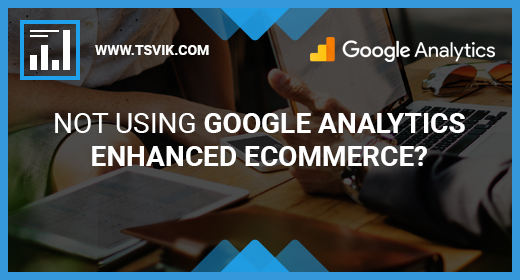
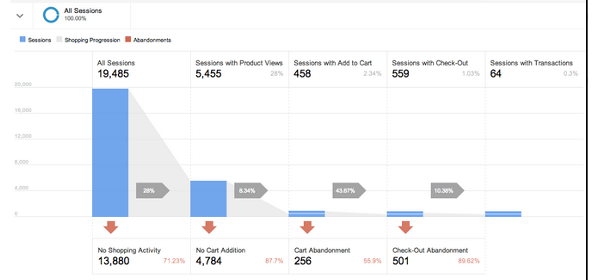
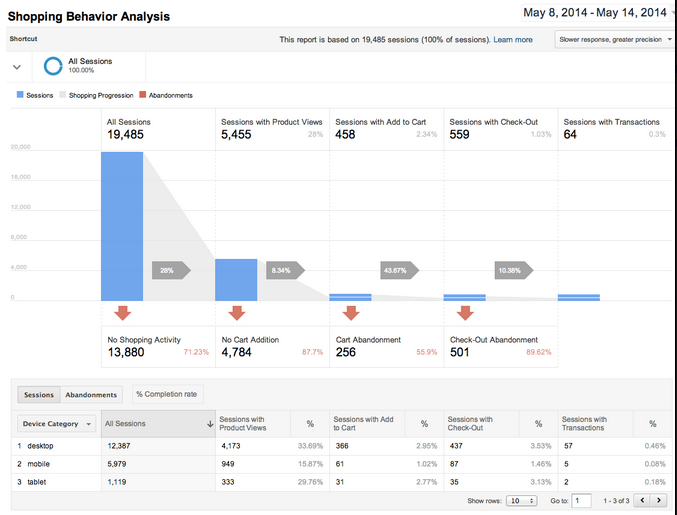
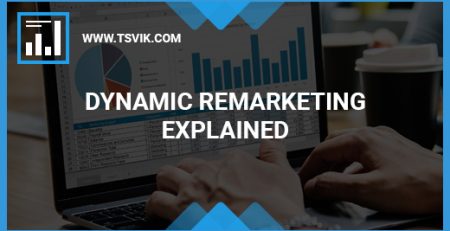
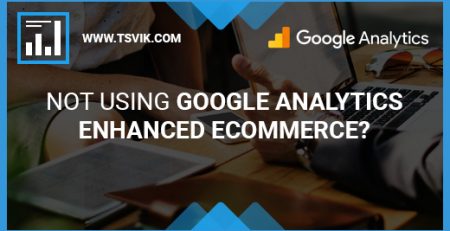
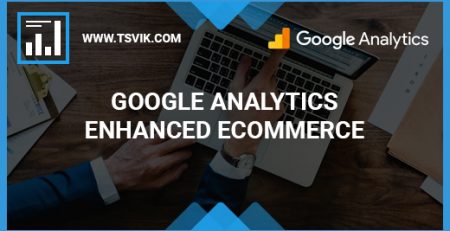
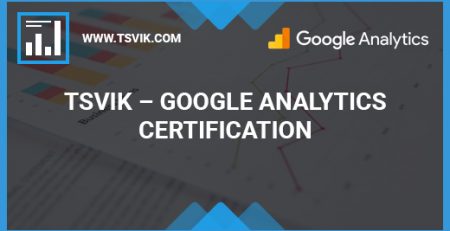
Comment (1)
Hola! I’ve been reading your web site for some time now
and finally got the courage to go ahead and give you a shout out from New Caney Tx!
Just wanted to mention keep up the excellent work!